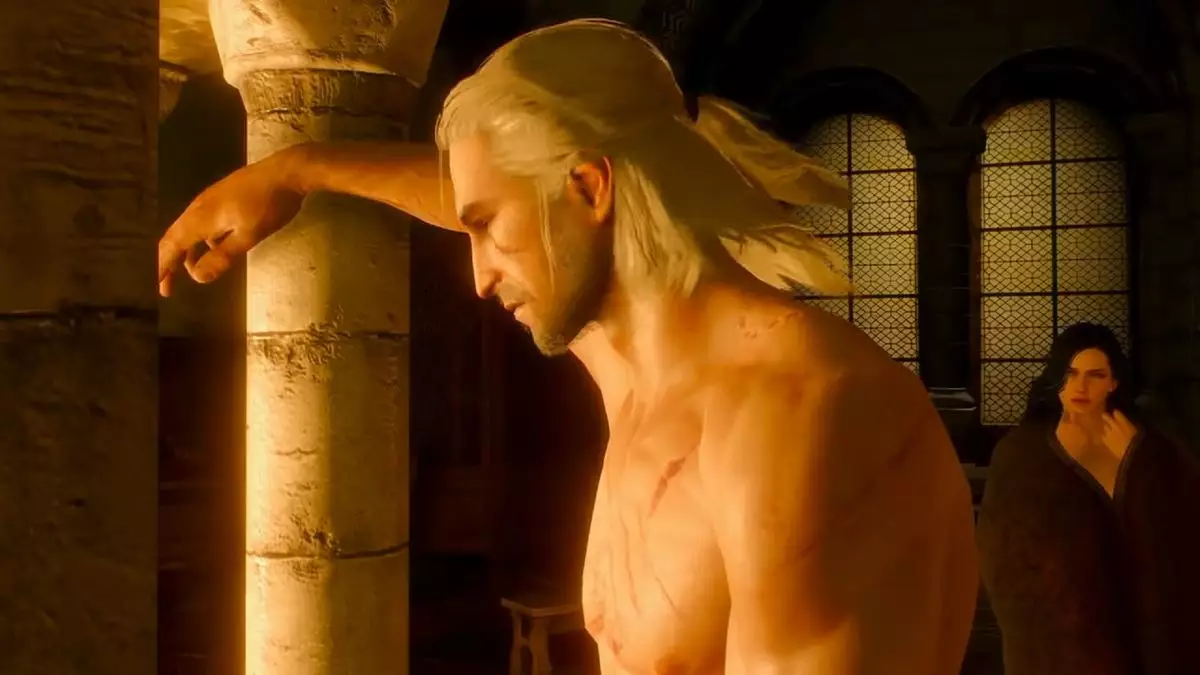Video games, particularly in the role-playing genre, continue to evolve with innovative mechanics and compelling narratives. In a recent dialogue with Mateusz Tomaszkiewicz, the former lead quest designer of the critically acclaimed “The Witcher 3,” we explore the intersection of storytelling and playability, particularly in open-world setups. Tomaszkiewicz’s new endeavor, “Blood of Dawnwalker,” indicates a commitment to pushing boundaries in game design despite the inherent risks involved.
The gaming landscape has changed dramatically since the release of “The Witcher 3,” particularly in terms of player expectations regarding immersive narratives. Tomaszkiewicz highlighted an essential challenge faced by his team during the development of “Witcher 3”: integrating expansive stories into an open world. This concept was relatively uncharted territory for RPGs at that time, particularly since RPGs had traditionally been more structured and linear—characterized by narrow pathways and focused narratives.
The fear that players might not connect with a sprawling narrative within a vast open space is a testament to the level of ambition undertaken by CD Projekt Red. The move from “The Witcher 2,” known for its more focused storytelling, to “Witcher 3,” which offered a larger scope, was fraught with uncertainty. Tomaszkiewicz candidly admitted the risks involved, emphasizing how untested such a model was. Despite the uncertainty, the team decided to embrace these challenges head-on.
Tomaszkiewicz’s insights unveil the delicate balancing act developers must perform between storytelling and gameplay dynamics. In crafting “Dawnwalker,” he is once again navigating unknown waters, particularly with the unique “time as a resource” mechanic that could potentially alienate some players. His acknowledgment of risk underscores a truth in game design: innovation often requires stepping into the uncertain, where rejection or acceptance is a possibility.
However, risks in game design do not merely exist as potential pitfalls; they also offer pathways to innovation. The resounding success of “The Witcher 3” serves as a compelling example of how calculated risks can yield monumental rewards. Players eventually embraced the intricate storytelling woven through an expansive world, reshaping how narratives are presented in modern games.
In evaluating Tomaszkiewicz’s perspectives, it becomes clear that the essence of gaming lies in its ability to evolve. The iterative design process not only enhances player experiences but also nurtures a culture of experimentation. “Blood of Dawnwalker” stands as a tribute to this ideology, demonstrating the significance of innovation, whether through gameplay mechanics or narrative depth.
As we anticipate the arrival of “Blood of Dawnwalker,” it is essential to recognize the foundations upon which it is built—an understanding that the landscape of role-playing games remains ripe for exploration. The experiences gained from “The Witcher 3” will undoubtedly guide future projects, proving that while risk may lead through a maze of uncertainty, it is ultimately the catalysts for growth and creativity that ensure the longevity and relevance of RPGs in an ever-changing industry.


Leave a Reply